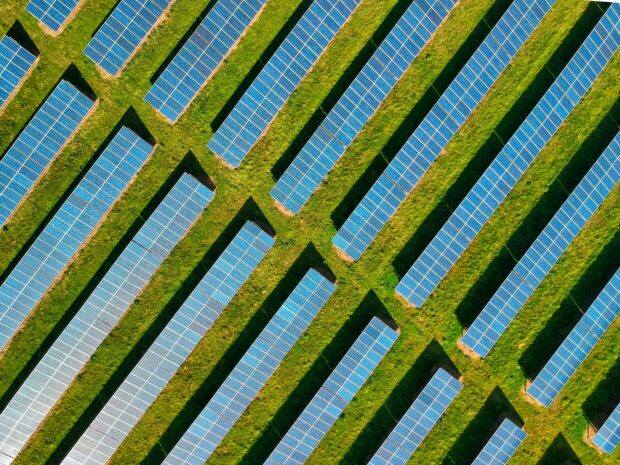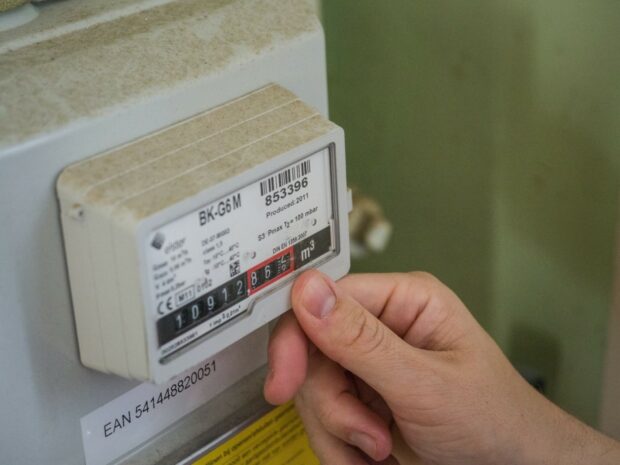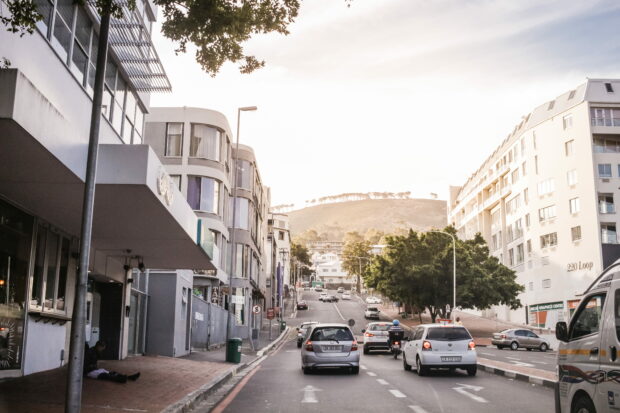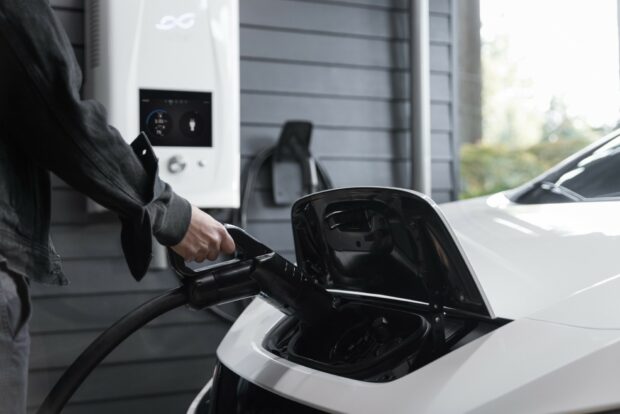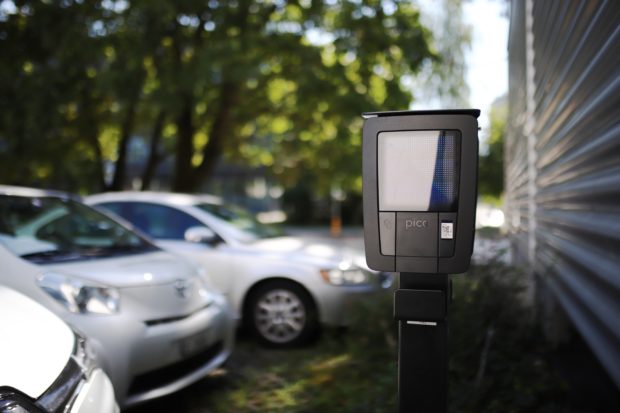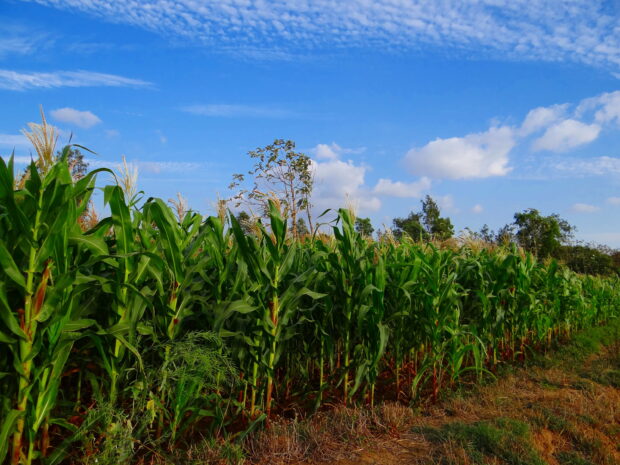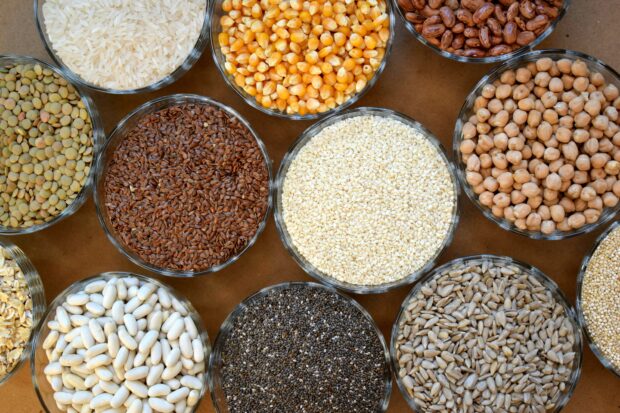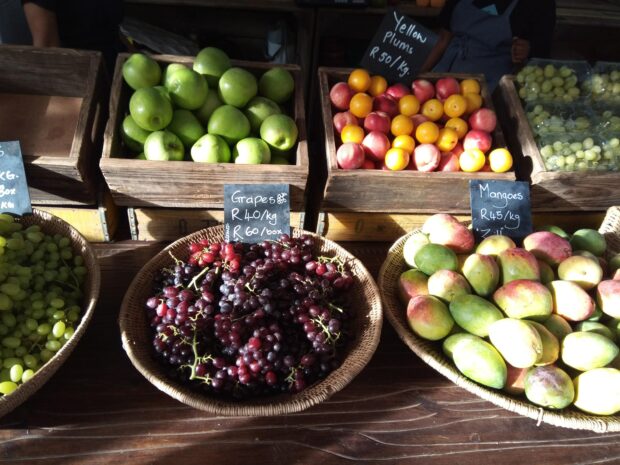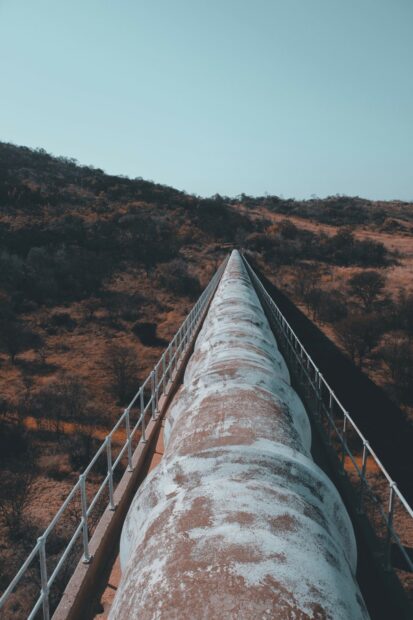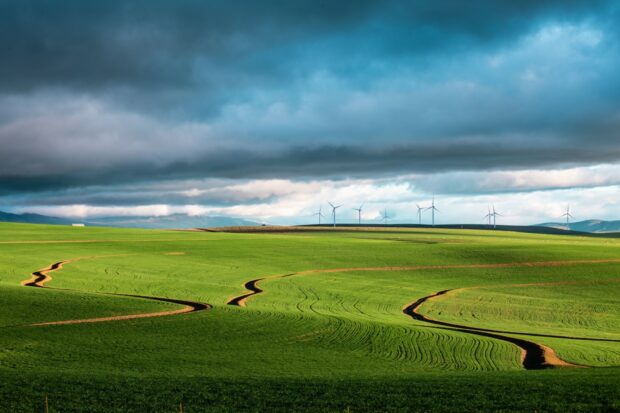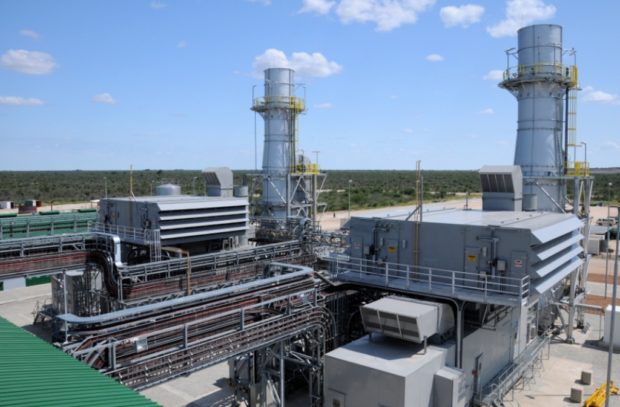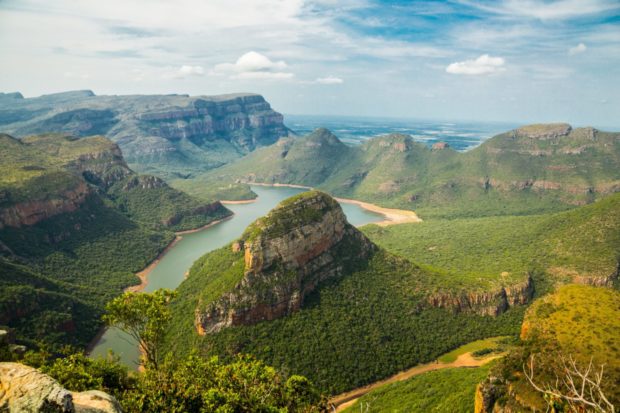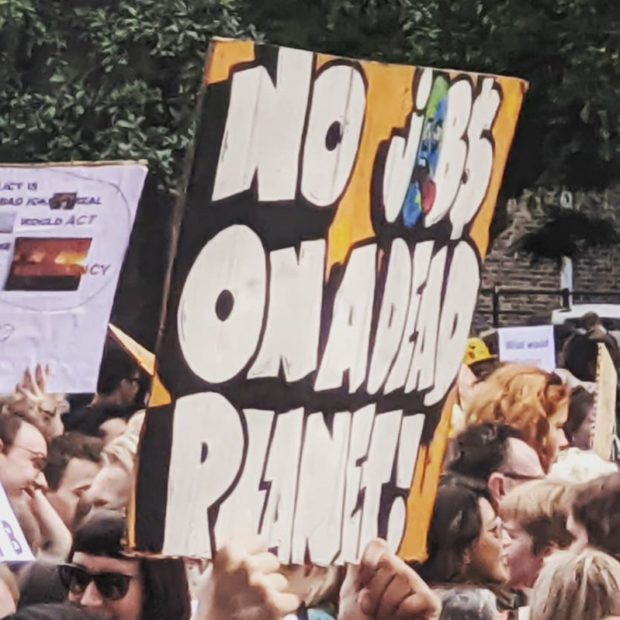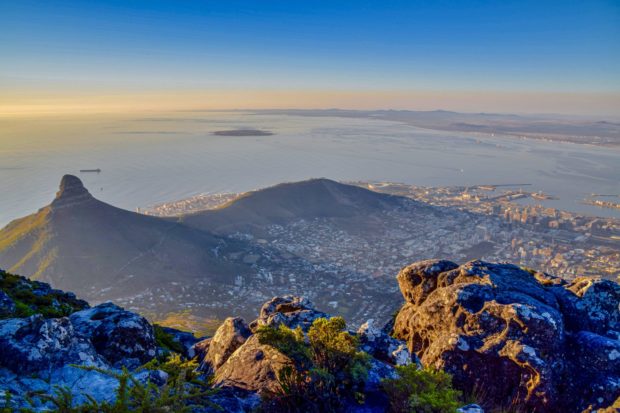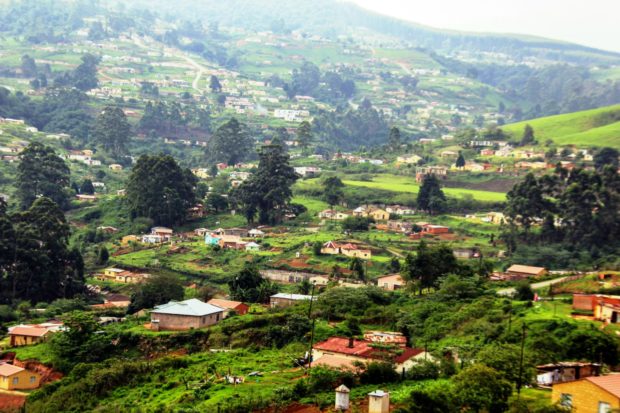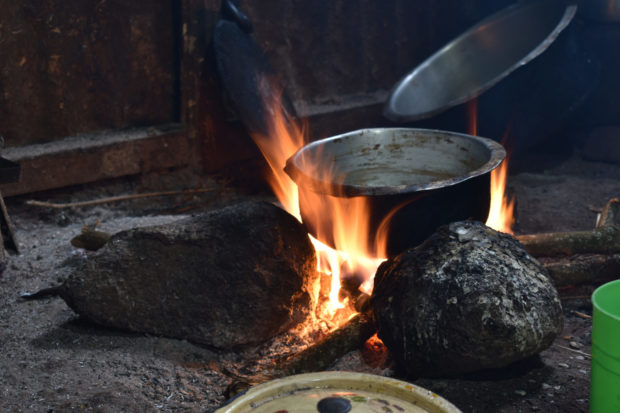Explainers
Even using the cleanest technology available, coal’s severe environmental, health and climate consequences remain unavoidable.
Nersa is proposing a new electricity pricing structure to reflect South Africa’s evolving and diversifying energy market.
The place of natural gas in a clean energy future is hotly debated. But, there is a simple answer to whether natural gas is renewable.
Compressed natural gas (CNG) is promoted as a cleaner fuel alternative, but also comes with risks to the climate and health.
Transport
The main difference between EVs and hybrid cars is how they are powered. An EV gets its power exclusively from electricity, while hybrid cars – as the name suggests – run on a mix.
Unfortunately, compressed natural gas is not actually a green alternative fuel. CNG-powered vehicles are just as bad for the environment as their petrol or diesel counterparts.
South Africa’s car manufacturing industry can remain a key contributor to the economy if it pivots to electric as soon as possible.
Electric vehicles are becoming increasingly popular. Here are the upfront and ongoing costs to expect if you make the shift.
Agriculture
Climate change is impacting agriculture, farmers’ livelihoods and the price of our food. Action is essential to safeguard food security.
Mitigating climate change and increasing domestic food production can help to address food insecurity and rising prices.
Climate change and supply chain disruptions impacted food availability and affordability in 2022, causing double-digit inflation for many key items.
Spiralling food prices are driving inflation and squeezing household budgets. This is exacerbating poverty, hunger and debt.
Industry
While the world plans for a future without gas, an upsurge in new gas projects in South Africa is likely a “costly mistake”.
Finance
The reality is that natural gas is an uncertain investment. Many different variables affect the price of gas on the international trading markets.
Natural gas presents a risk to the success of the green energy transition, to the economy and to the country’s climate goals.
Climate finance can empower South Africa to build a greener, healthier future where it costs less to keep the lights on.
A carbon tax is a fee paid to the government by carbon dioxide (or carbon dioxide equivalent) emitters for every tonne of carbon emitted.
Policy
No new coal and nuclear, very little gas, and the massive deployment of renewables for the least cost electricity, says the PCC.
The Kyoto Protocol made history in 1997 as the first major international effort to slow climate change.
Energy is essential for the functioning of any modern economy. South Africa’s Central Energy Fund (CEF) does the vital job of maintaining that energy supply.
South Africa’s Integrated Resource Plan (IRP) is the country’s long-term energy plan until 2030. It became official government policy in October 2019.
Science
South Africa is experiencing a number of environmental issues, including global warming, pollution and species loss.
Global warming is making extreme events, such as heatwaves, droughts, wildfires, floods and tropical storms, more frequent and severe.
“There are no jobs on a dead planet!” goes the old slogan. Environmental degradation is a serious risk to economic growth.
Climate change risks life as we know it, but bold and inclusive solutions can help build a safer and fairer world.
Just Transition
Rural development is vital for South Africa’s sustainable economic future. The farming sector is perhaps the most important, as food security and poverty reduction depend on it.
Since 2003, the South African government has been funding free electricity for the poorest households. This is because it recognises that poverty is a barrier to electricity access.
This phase-down of coal will bring significant changes to South Africa. This makes the need for a just transition away from coal fundamental to ensure no one is left behind.



